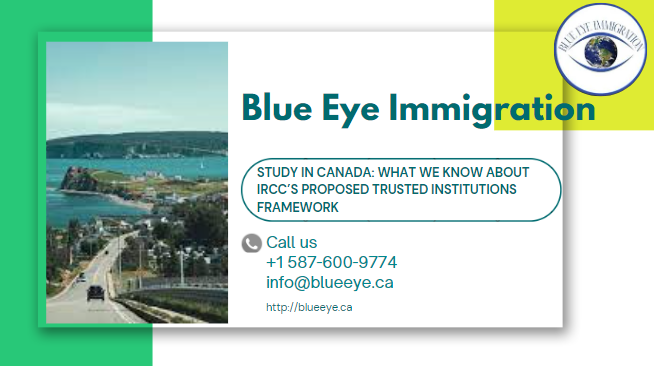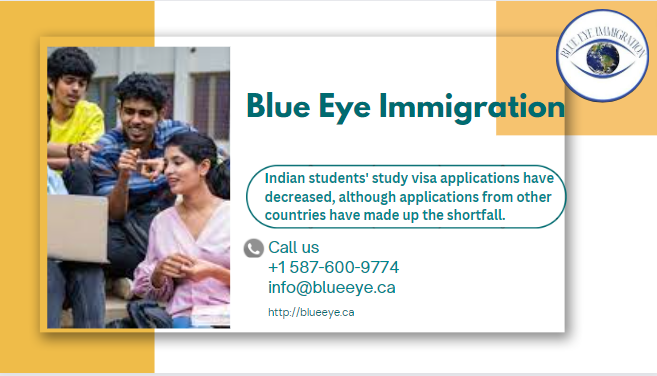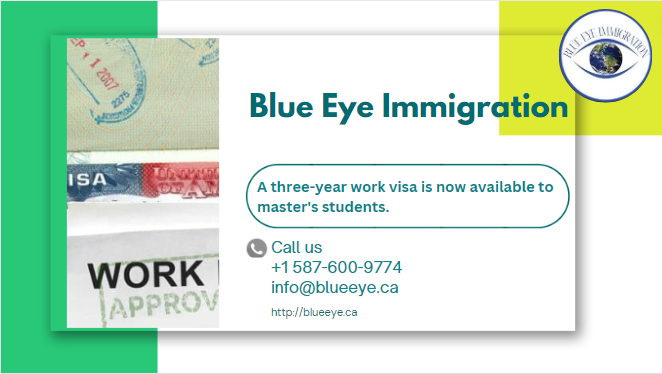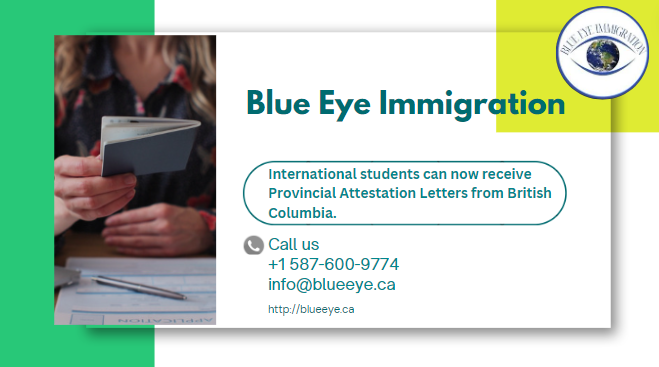IC News has obtained more details on IRCC’s proposal to introduce a “Trusted Institutions Framework” for Canadian colleges and universities in 2024.
As reported by ICEF, Immigration, Refugees and Citizenship Canada (IRCC) is exploring introducing a two-tier model for study permit issuance as a means of strengthening the integrity of Canada’s international student program.
Designated Learning Institutions (DLIs) who meet IRCC’s Trusted Institutions Framework criteria would benefit from faster study permit processing for international students admitted to their institutions. DLIs are the colleges, universities, and other educational institutions authorized by Canada’s provincial and territorial governments to admit international students.
What will Canada’s Trusted Institutions Framework look like?
ICEF notes that details remain scarce as IRCC has chosen to hold discussions on the proposal behind closed doors, but that IRCC has been clear on the rationale behind the framework, which is to assess DLIs against “criteria that demonstrates that they are reliable partners with regard to sustainable intake, identifying genuine students, monitoring and reporting on their compliance, and providing a safe and enriching experience for their international students.”
CIC News is able to complement such reporting by sharing the contents of the proposed indicators that IRCC is exploring using to assess DLIs. Under the proposal, DLIs would need to report certain data back to IRCC to earn consideration as a Trusted Institution.
The proposed DLI-held indicators include:
- Retention rates: The percentage of international students in a multi-year program of study who remain in their original program after their first year in Canada
- On-time program completion rate: Percentage of international students who complete their program within the advertised length of study (i.e., complete a four-year bachelors degree in four years or less)
- Percentage of revenue from international tuition: Percentage of a DLI’s total tuition revenue that is derived from international student tuition
- Scholarships awarded to international students from less developed countries: The dollar value and percentage of total scholarships and grants provided to international students originating from countries on the UN Least Developed Countries list
- Funding for international student supports: The value of targeted supports for international students per international student and as a percentage of average international student tuition. Supports may include mental health services, career and employment counselling, and immigration counselling.
- Availability of DLI-administered housing for international students: Total number and percentage of international students living in housing administered by their institution.
- Teacher-student ratio: Average teacher-student ratio for the 10 courses with the highest numeric enrollment of international students.
ICEF explains the other source of data will come from the Canadian government itself, such as study permit approval rates, country of origin, and post-graduation student outcomes, such as transitioning to another visa like the Post-Graduation Work Permit (PGWP). In addition, it notes that IRCC intends to begin collecting and analyzing data from all DLIs in the coming months, and establish the initial list of Trusted Institutions in spring 2024.
Immigration Minister: Canada on track to host some 900,000 international students this year
Canada remains one of the world’s top destinations for international students, largely due to the high quality of education, relative affordability, ability to work while studying and the opportunity for immigration to Canada post-graduation.
The number of international students in Canada has been growing tremendously. In 2022, IRCC welcomed a record 551,405 international students from 184 countries. Further, as of December 31st, 2022, there were 807,750 international students in Canada holding valid study permits, which was also a record breaking number.
In comparison, in 2019, there were 637,860 international students in Canada and a total of 400,600 new study permits were issued. Canada now has nearly 170,000 more international students at the end of 2022 than in 2019.
In 2022, the top 10 source countries of new international students coming to Canada were:
- India
- People’s Republic of China
- Philippines
- France
- Nigeria
- Iran
- Republic of Korea
- Japan
- Mexico
- Brazil
Canada exploring other reforms to strengthen international student program integrity
Canada’s Immigration Minister Marc Miller recently told the CBC the country is on track to host around 900,000 international students this year.
This comes at a time when Canada is experiencing a housing crisis. According to the Canada Mortgage and Housing Corp, Canada needs to build 5.8 million new homes – including two million rental units – by 2023 in order to tackle housing affordability.
In order to ease the pressure on the housing market, the federal government is considering capping the number of international students coming to Canada to study.
The exploration of a cap on foreign student arrivals, in conjunction with the Trusted Institution Framework, are part of a suite of measures the federal government is exploring to enhance the benefits of Canada’s international student program. While the Canadian government continues to highlight the economic and social benefits of welcoming international students, the significant increase of Canada’s population has exacerbated challenges such as housing, fraud, employment, among other issues that international students have been negatively impacted by.
That being said, Miller has avoided committing to the idea of a hard cap on the number of students entering Canada.
“Just putting a hard cap…is not the only solution to this. Core to this is actually trying to figure out what the problem is we’re trying to solve for. It isn’t entirely housing, it’s more appropriately the integrity of the system that was mushroomed, ballooned in the last couple of years” said Miller.



